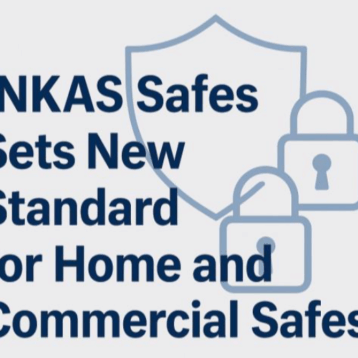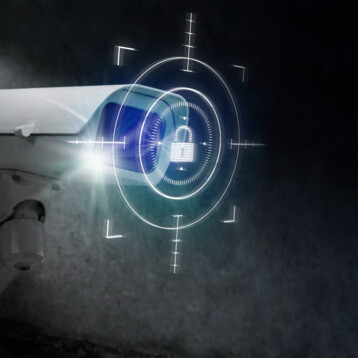|
The high-powered camera, called the T5000, was created by the U.K. Company ThruVision. The T5000 uses a new type of “passive imaging technology” in order to identify objects by the natural electromagnetic rays, known as Terahertz or T-rays, which they emit.
The technology works on the basis that people and objects emit low levels of electromagnetic radiation. Terahertz rays lie somewhere between infrared light waves and microwaves on the electromagnetic spectrum (a wavelength of between 1 millimeter and 100 micrometers), T-rays travel through many non-conducting materials including cloths, wood, plastic, fog, and walls. Depending on the material, the signature of the wave is different, so that explosives can be distinguished from a block of clay, and cocaine can be distinguished from a bag of flour.
Like other types of radiation, Terahertz waves typically travel by line of sight. However, Terahertz radiation cannot penetrate metal or water and has only a fairly short range inside the atmosphere (the atmosphere is a strong absorber of Terahertz radiation).
Despite these basic limitations, ThruVision’s T5000 has some interesting potential military and civilian applications. These include unobtrusively monitoring crowded places such as airports, shopping malls, and sporting events. The camera may also help soldiers in places like Iraq and Afghanistan to examine potential suspects from a safe distance without the need to perform strip searches.
TFOT recently covered a T-ray scanner that may serve as the basis for the development of a portable, battery operated scanner that will help protect airports and may aid in cancer detection. TFOT also covered an infrared camera designed to aid in fighting cancer.
You can find out more on the T5000 Camera at ThruVision‘s website.
Upper image from the movie Total Recall (Credit: TriStar Pictures/Carolco International N.V.)











